


EMAFtech offers a complete solution for ELV project & maintenance. Your requirements will be analyzed by our team of experts, and an optimal solution specific to your needs will be provided.
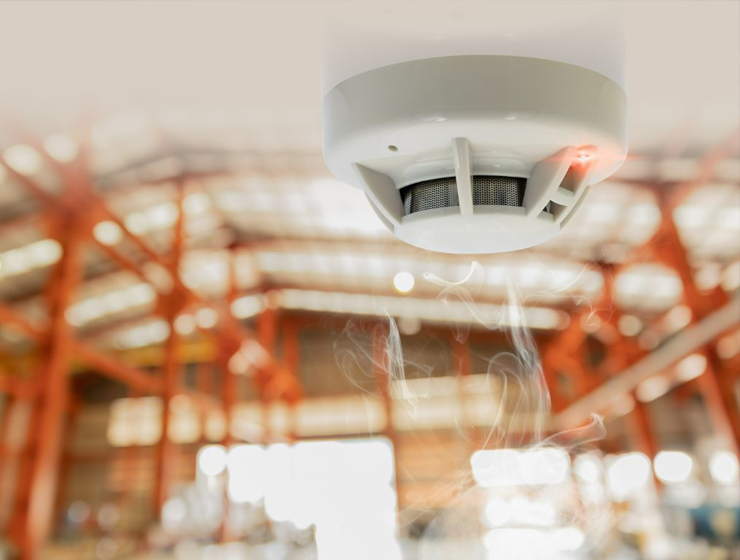
A Fire Detection and Alarm System (FDAS) is a network of devices designed to detect, alert, and manage fire incidents. It includes sensors that detect fire signs like smoke or heat, a control panel to receive and process these signals, and notification devices like sirens and strobes to alert occupants.
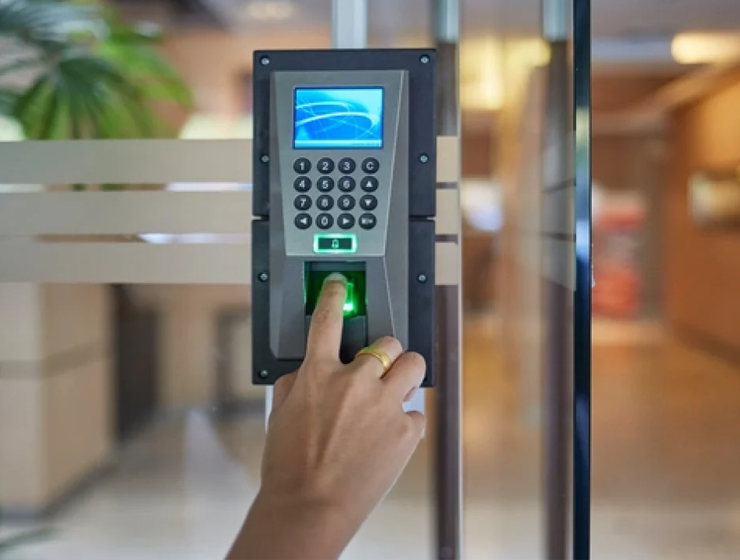
An access control system is a security mechanism that regulates and manages who or what can access specific resources or areas within a facility or network. It uses various methods, like identification cards, biometric scanners, or passwords, to verify and authorize access, ensuring only authorized users can enter designated areas or systems.

Public address (PA) and voice evacuation systems are vital for clear and effective communication in both normal and emergency situations, particularly in large public spaces. These systems use speakers and amplifiers to relay messages, instructions, and information to a large audience.
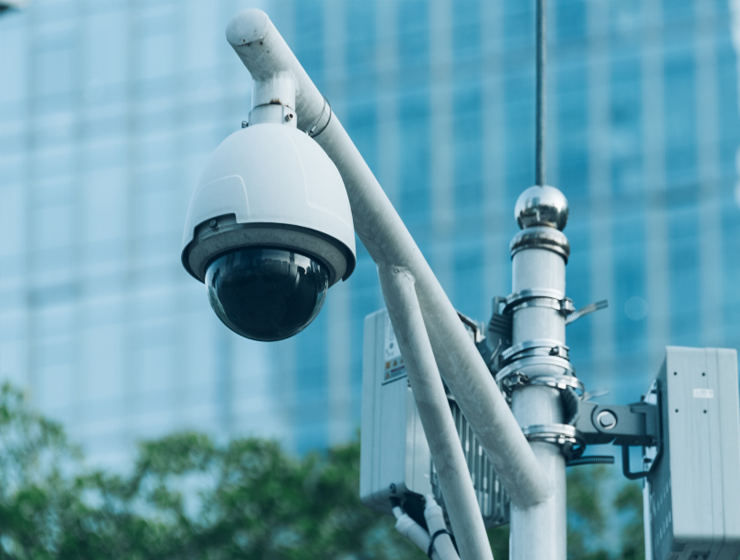
CCTV (Closed-Circuit Television) Surveillance Systems are security systems that use video cameras to transmit signals to monitors, typically for surveillance or security purposes. Unlike regular television broadcasts, the CCTV video feed is limited to authorized monitors and recording devices are widely used for crime prevention.

Structured cabling is a standardized method of organizing and managing cables, connectors, and hardware for voice, data, and video communication systems within a building or campus. It ensures a reliable, efficient, and scalable telecommunications infrastructure by following industry standards.

A Building Management System (BMS), also known as a Building Automation System (BAS), is a computerized control system that monitors and manages a building's mechanical and electrical equipment. It helps control and optimize various systems like HVAC, lighting, security, and fire safety.

SMATV (Satellite Master Antenna Television) and IPTV (Internet Protocol Television) are both distributed TV systems, but they differ in how they deliver content. SMATV uses a central antenna to receive and distribute TV signals to multiple units, while IPTV delivers content using the internet protocol over a network.
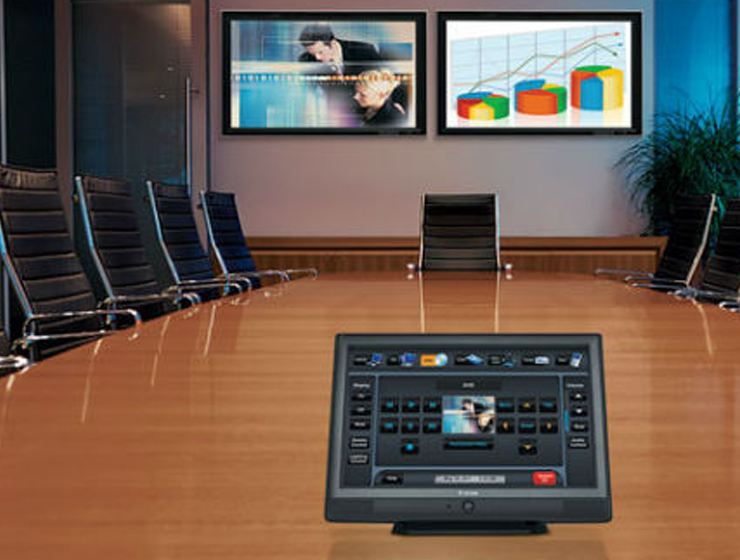
Audio/Visual (AV) Integrated Systems combine audio and visual components into a unified system, enhancing communication, presentations, and entertainment in various settings. These systems involve connecting and controlling devices like projectors, displays, speakers, microphones.
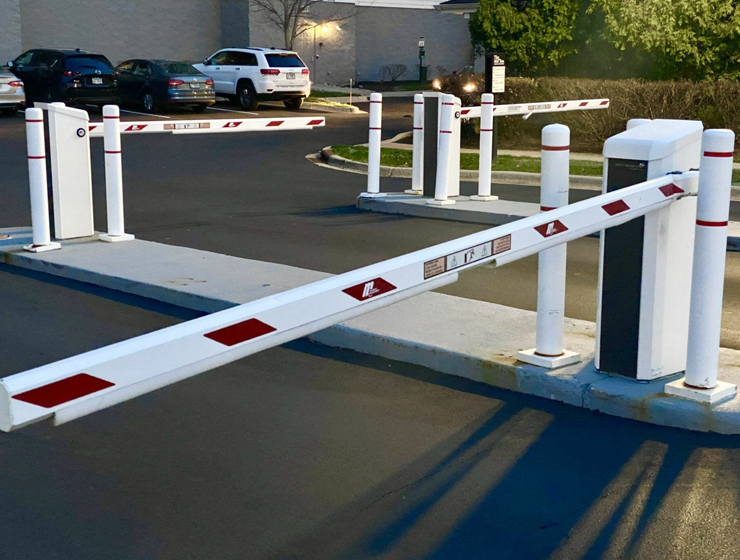
Gate barrier systems and parking management systems work together to control vehicle access and manage parking operations efficiently. Gate barriers are physical barriers that regulate entry and exit, while parking management systems handle aspects like payment, reservations, and data collection.

An Intrusion Detection System (IDS) is a device or software application that monitors a network for malicious activity or policy violations. It alerts IT and security teams when suspicious or malicious activity is detected, helping to identify and respond to cyber threats. IDSs can be deployed as network-based (NIDS) or host-based (HIDS) systems.
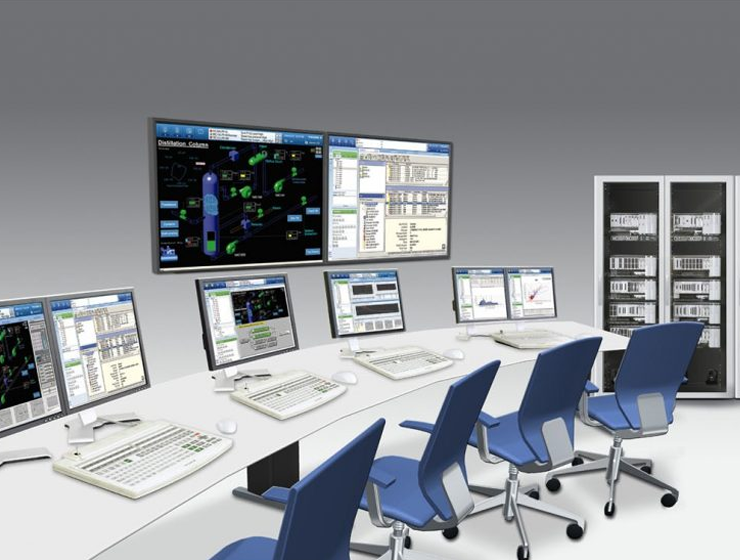
A Distributed Control System (DCS) is a computerized system used for automating and controlling industrial processes, particularly in large-scale manufacturing or plant operations. Unlike traditional centralized control systems, a DCS distributes control functions across multiple controllers.

A data center's IT infrastructure is a complex network of hardware, software, and network devices that work together to provide computing power, storage, and connectivity for an organization. It's the foundation upon which an organization builds its digital operations.